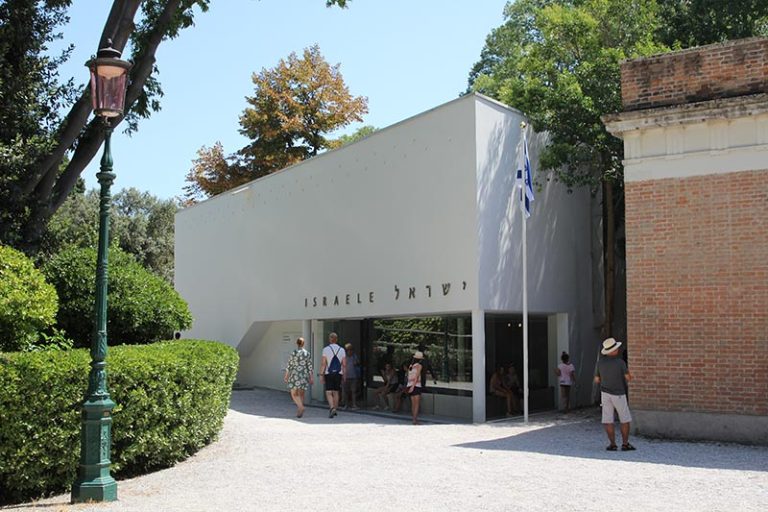The prowess of computing makes it possible to go back in time in a painting. This is shown in the exhibition “Artemisia at the Michelangelo Museum” at Casa Buonarroti (Florence) which presents a digital copy of theAllegory of Inclination by Artemisia Gentileschi (1593-1656) before the retouching of the “Volterrano”.
The allegory was painted in 1616 for Casa Buonarroti, commissioned by Michelangelo Buonarroti (known as the Younger), Michelangelo’s nephew in his memory. The private parts, breasts and thighs were hidden seventy years later by “Il Volterrano”, Baldassare Franceschini, at the request of a descendant of the sponsor wishing to preserve the modesty of the villa’s inhabitants. It represents a female nude embodying the artist’s creativity, sitting on a cloud and holding a compass in her hands. The allegory was covered with a thick green sheet on its legs and a diaphanous veil on the chest.
Censoring nudes was not uncommon in Italy at the time, when religious powers could be rigorous: a fate reserved for the fresco ofAdam and Eve expelled from Eden (1425) by Masaccio in 1674. The same goes for the characters in Last judgement by Michelangelo (Sistine Chapel), dressed by Volterra known as the “braghettonne” (“the big cheeky one”). It was only much later, during restorations in the 1980s and 1990s, that the vine leaves and censors’ clothing were removed.
The “Artemisia CloseUp” project, led by chief conservator Elizabeth Wicks, also made it possible to recover the allegory’s original composition and colors. Radiography and infrared reflectography penetrated the layers of paint with great precision, revealing the artist’s first sketches and repentances. A fingerprint was also spotted on a calf.
Removing Franceschini’s layers of paint would have destroyed Gentileschi’s glaze. Additionally, the sheets are now considered an integral part of the work’s history. The restorers nevertheless restored its shine by removing the discolored varnishes which gave an orange tint to the flesh and diminished the luster of the lapis lazuli in the background.
17th century painter and daughter of Orazio Gentileschi, Artemisia is famous for her tenebrist paintings – Judith beheading Holofernes (1613) remaining his most famous work. The exhibition “Artemisia at the Michelangelo Museum” reveals the two versions until January 2024 with the presentation of the restoration process which lasted a year.







